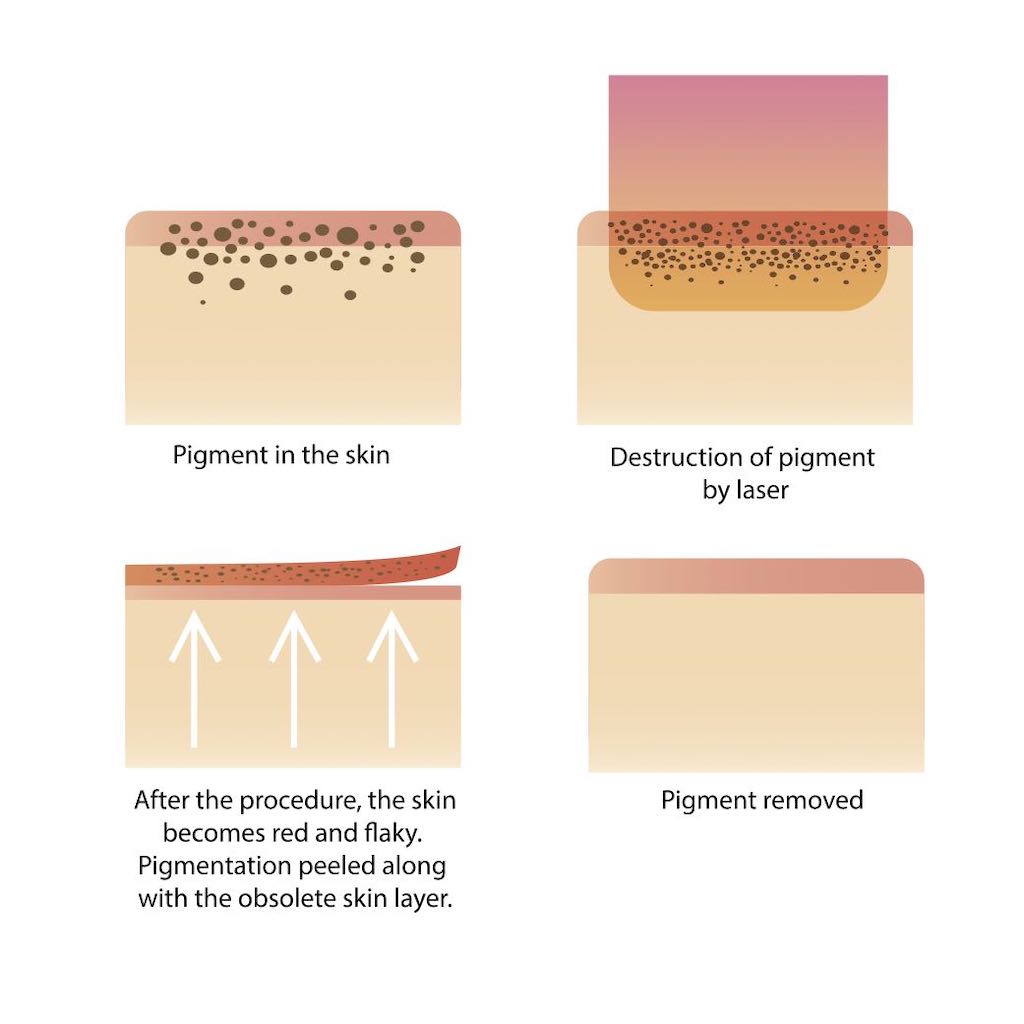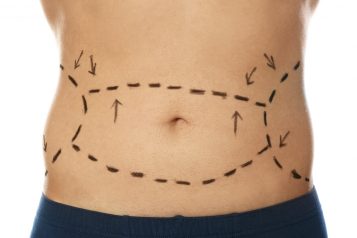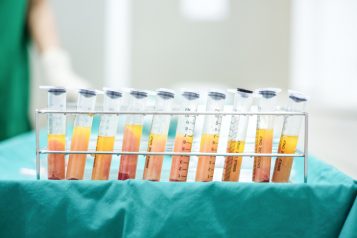Elizabeth Laikhter co-authored this editorial.
 Photo Credit: ShutterstockDr. Samuel Lin is a double board-certified Plastic Surgeon and Associate Professor of Surgery at Harvard Medical School who practices in Boston, Massachusetts. Dr. Lin is an active Board Member of the Susan G. Komen for the Cure and Bright Pink Foundations. Dr. Lin is active in both basic science and clinical research with a focus on face/neck/nose surgery (rhinoplasty), breast surgery (reduction, lift, and reconstruction), and body contouring. He collaborates with engineers, scientists, and other plastic surgeons at other institutions within the New England area, nationally, and internationally. He is the editor of several medical textbooks including Aesthetic Atlas of the Head and Neck, Atlas of Body Contouring, and Plastic and Reconstructive Surgery Pearls of Wisdom and Pearls of Wisdom Second and Third Editions. Haute Beauty Expert Dr. Samuel Lin discusses the multiple procedures to permanently remove a tattoo both invasive and non-invasive.
Photo Credit: ShutterstockDr. Samuel Lin is a double board-certified Plastic Surgeon and Associate Professor of Surgery at Harvard Medical School who practices in Boston, Massachusetts. Dr. Lin is an active Board Member of the Susan G. Komen for the Cure and Bright Pink Foundations. Dr. Lin is active in both basic science and clinical research with a focus on face/neck/nose surgery (rhinoplasty), breast surgery (reduction, lift, and reconstruction), and body contouring. He collaborates with engineers, scientists, and other plastic surgeons at other institutions within the New England area, nationally, and internationally. He is the editor of several medical textbooks including Aesthetic Atlas of the Head and Neck, Atlas of Body Contouring, and Plastic and Reconstructive Surgery Pearls of Wisdom and Pearls of Wisdom Second and Third Editions. Haute Beauty Expert Dr. Samuel Lin discusses the multiple procedures to permanently remove a tattoo both invasive and non-invasive.
There are few things in life that are truly permanent, and tattoos are not necessarily one of them. A tattoo you got when you were younger may no longer be significant to you now, no longer appeal to you, or may need to be removed for other reasons. Fortunately, there are several options when it comes to tattoo removal.
Layers of Skin Involved In Tattoo Removal
Before discussing tattoo removal, it is important to understand where tattoo pigment lies in the skin. Professional tattoo pigment is initially taken up by cells called phagocytes and eventually deposited in the deep epidermal and dermal layers of the skin. Tattoo particles are considered permanent because they are too large for the immune cells in the body to break up. Therefore, in order to remove a tattoo, treatments must target these deeper layers of the skin.
Considerations Before Tattoo Removal
Ideal candidates for tattoo removal are confident about their decision to remove their tattoo and generally in good health. Before undergoing a tattoo removal procedure, you will have a consultation with a board-certified plastic surgeon or dermatologist. They will take photos to assess your skin as well as your tattoo and discuss which treatment option is best for you.
Laser Tattoo Removal
Lasers are the most popular method of tattoo removal because they are more accurate and less invasive than other methods. Short bursts of light of specific wavelengths are converted to thermal (heat) energy, which breaks up tattoo pigment into smaller particles able to be further removed by immune cells in the skin. Different wavelengths of light are used for different tattoo pigments.
What To Expect On The Day of Laser Tattoo Removal
On the day of a laser tattoo removal procedure, the skin will be cleansed and in some cases numbed with a topical skin numbing medication. Patients stay awake for the duration of the procedure and will feel some pain.
After The Procedure
After the procedure is over, there will be an open wound for which your plastic surgeon will provide you with instructions to care for. Wound care involves cleaning the wound with soap and water daily, applying antibiotic ointment, and keeping it covered with a dressing at all other times for about 5 days after the procedure. Since lasers don’t directly remove layers of skin where the tattoo ink is located, the wound that results from laser tattoo removal heals the quickest.
It takes time for the body to clear fragmented ink particles, therefore results will not be immediate. Additionally, several treatment sessions may be required to remove the ink. Between 1-10, laser treatments spaced six weeks apart are recommended for optimal tattoo removal.
Side effects should be considered before undergoing any cosmetic procedure. Side effects of laser tattoo removal include depigmentation of the skin, especially in individuals with darker skin, scarring, and blistering.
 Photo Credit: ShutterstockOther Methods of Tattoo Removal
Photo Credit: ShutterstockOther Methods of Tattoo Removal
● Chemical Peels: Trichloroacetic acid is used to remove outer layers of skin, including skin layers where the tattoo ink pigment is deposited. Since chemical peels work by directly removing the deep layers of skin containing tattoo pigment, the process may be painful, and wound care after the procedure is necessary. Wounds typically heal within 5-7 days after a chemical peel procedure.
● Dermabrasion: Dermabrasion involves a medical tool that removes layers of skin similar to a gentle sanding process. Dermabrasion is more invasive than lasers and chemical peels, and also more painful. As a result, the procedure may be performed under local, regional, or general anesthetic. As with lasers and chemical peels, dermabrasion results in an open wound that heals in 10-14 days.
● Surgical Excision: The final option for tattoo removal is direct surgical excision. This involves directly cutting out tattooed skin and suturing the skin back together. Direct surgical excision is usually only used for smaller tattoos. Since this is a surgical procedure, local, regional, or general anesthetic is required. After closure, a sutured incision will remain that will heal as a scar. Your plastic surgeon will give you instructions on proper wound care to minimize the appearance of scarring after excision. Unlike other procedures, there is no open wound after direct surgical excision, and there is no need for additional procedures in the future.
For more information, visit Dr. Brian A. Levine's social media:

























